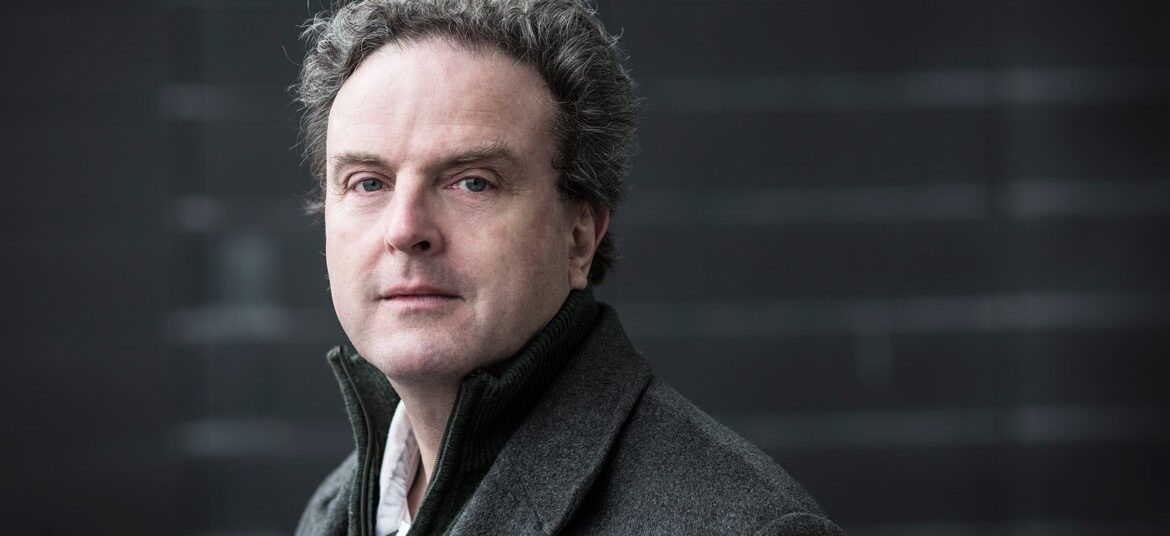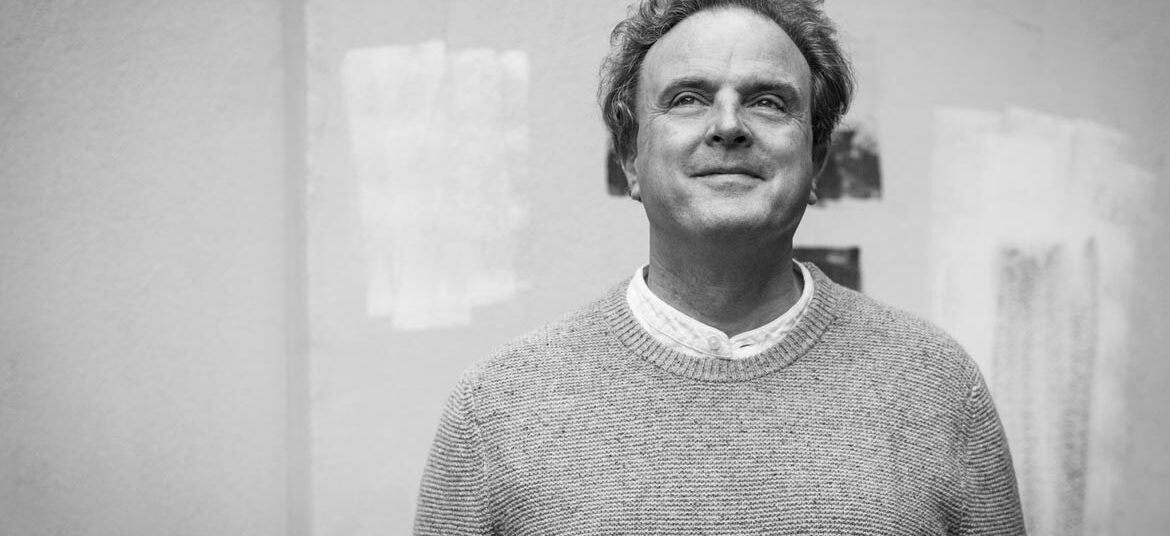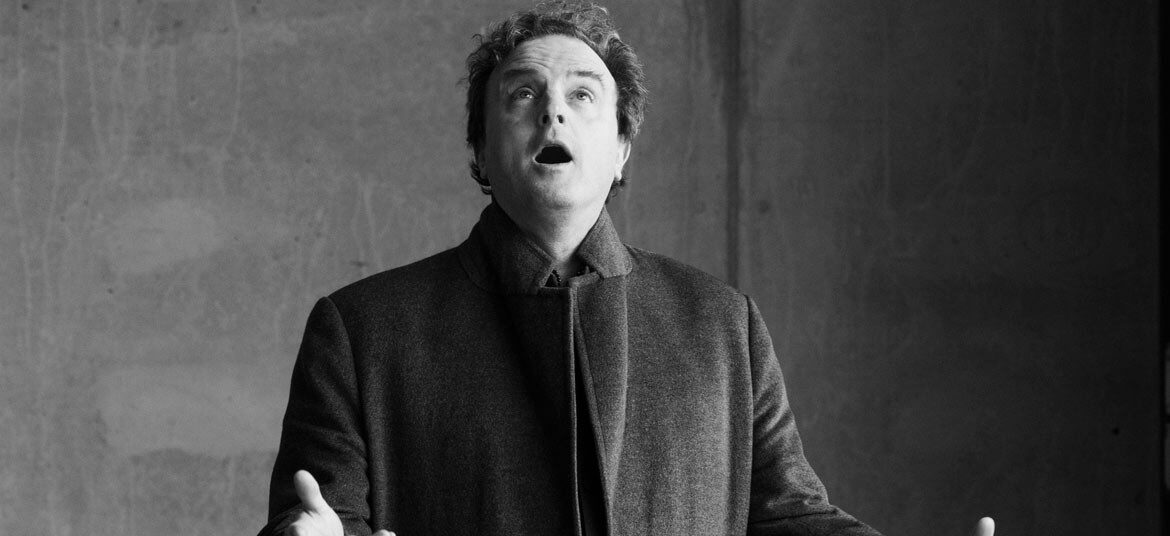TRANSCRIPT
Scofield: You are a countertenor, it is a subject that should be treated very carefully, because countertenors are big stars. Their arc is rising, and are more popular today, probably than ever before.
Chance: Yes you’re quite right, and I suppose I’m very fortunate to play the part in that journey. But it’s very interesting to know how it started. It’s a whole different subject. How long have men been singing in a high-ish voice in opera and in concerts? And if it wasn’t a high voice, what sort of a high voice was it? Was it a high voice which you needed to have an operation, in order to produce? Or is it a high voice which comes naturally? Now everybody is able to sing in what we call falsetto, which means a slightly different voice from normal –
Scofield: From the head, yes.
Chance: We hear it all the time in pop music. From The Beach Boys, to The Bee Gees, to Michael Jackson, to Bobby McFerrin to whoever you can think of. They do it without thinking. In classical music, because we like categories and we like standardization, all that, so it’s always been slightly more formalized. But it’s the same voice. It’s the same voice. That’s what it is. I can just do it, and I can get you to do it.
Scofield: It’s a voice which is kind of in the same range to the natural voice of the female contralto.
Chance: You’re absolutely right. So like a contralto, like a mezzo soprano, it’s exactly right. And for us to be called countertenor is wrong. Actually we’re male alto. The term countertenor came about through a slight misunderstanding in the 1950s, when a wonderful singer, the pioneer English singer called Alfred Deller started singing, and he was heard and recognized by a composer called Michael Tippett, who said, what a wonderful voice. He was singing in a cathedral Choir in Canterbury in England. And he said, I want to arrange some old songs by Henry Purcell and others for you, but you can’t just be called an alto. We call you something. Let’s call you countertenor.
Scofield: So it was Tippett who came up with this idea!
Chance: Yes, but countertenor is actually the name given to a part in choral music, because it ran counter to the tenor part. In choir singing, we’re talking about monks here really, it’s a contratenor. It is a Latin name of against the tenor part in other words running as a foil to the tenor part. So that’s where it comes from. It’s a solo singing term. It’s a misnomer, I’d say.
Scofield: But while the popularity of contraltos and the number of performances they give has unfortunately been declining, the countertenors are popping up more and more. Why is this?
Chance: People used to identify the voice with a sort of disembodied, otherworldly, also sort of non-specific spirituality, something like that, particularly in religious music. Certainly my career, a lot of what I’ve done is singing the music of Johann Sebastian Bach and others. I’ve done a lot of new music, written on that sort of same vein. In opera terms, the origins of the high voice are different. Castrati. But sure, Handel was writing for that. Other composers of the time was writing for that. Even Mozart, in his early operas wrote parts for countertenors. And that was hugely popular for about a hundred years until about the early 1700s, the early 1600s. It was one of the big things in music, and they were the rock stars of the age. The highest fees, they behaved worse than anybody else.
Read more about Michael Chance on their OFFICIAL WEBSITE.




